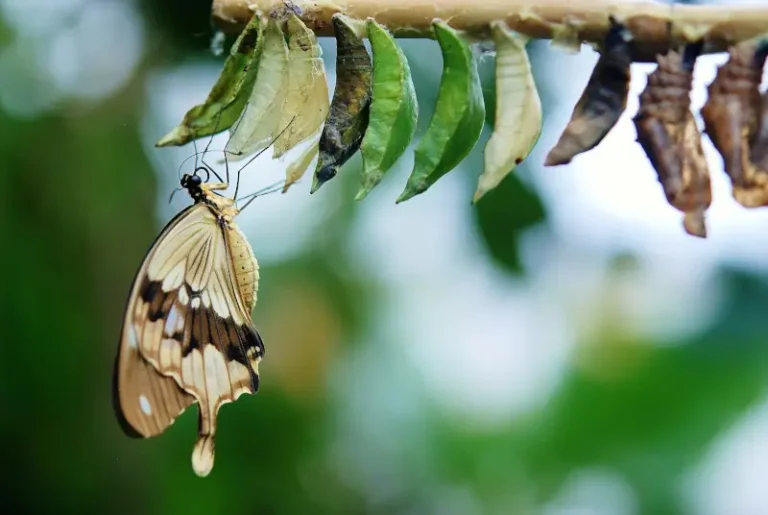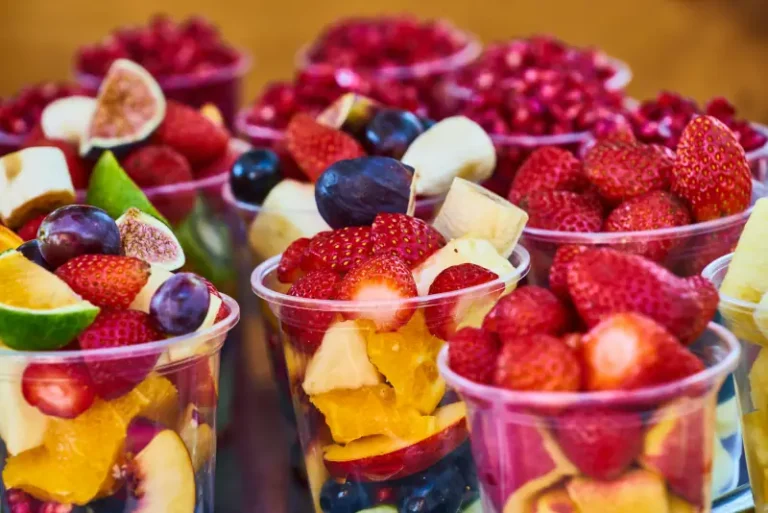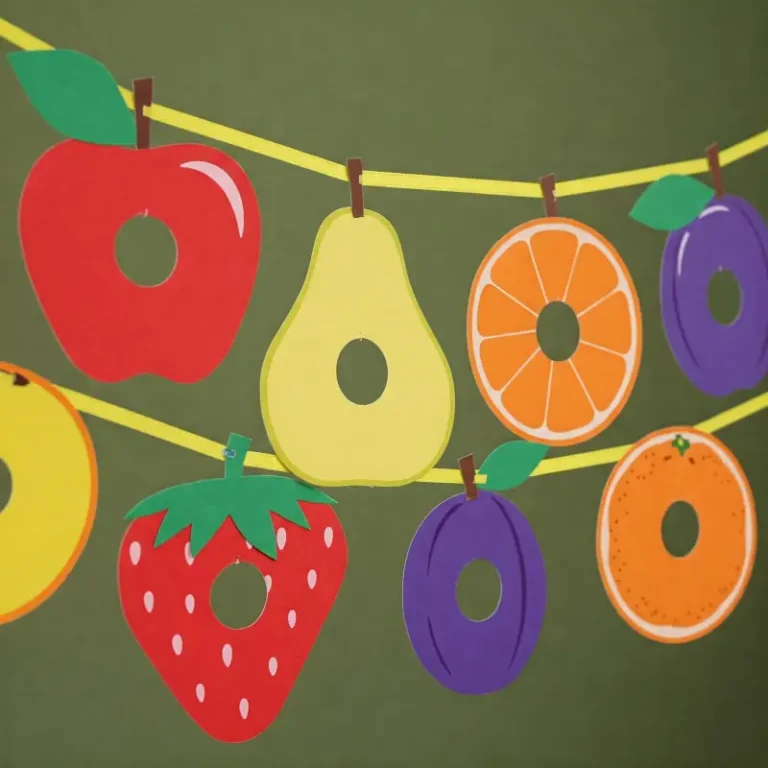The beloved story of The Very Hungry Caterpillar by Eric Carle provides a wonderful foundation for engaging and educational activities in EYFS. These activities promote language development, early maths skills, creativity, and understanding of the natural world, all while aligning with EYFS Areas of Learning and Development and Early Learning Goals.
Below are some exciting Hungry Caterpillar activities for EYFS that will capture children’s imaginations and encourage interactive learning.
Blossom's Recommended Hungry Caterpillar Activities for Early Years:
1. Hungry Caterpillar Story Time and Retelling
Start by reading The Very Hungry Caterpillar to the children, using props like a caterpillar puppet or food cut-outs to make the story more interactive. Encourage the children to retell the story in their own words, helping them practise sequencing and recall.
This activity enhances listening skills, comprehension, and vocabulary while reinforcing the key events in the story.
EYFS Areas of Learning and Development and Early Learning Goals:
- Literacy (Comprehension)
- Communication and Language (Speaking)
- Personal, Social, and Emotional Development (Self-Regulation)
2. Life Cycle of a Butterfly
Introduce the concept of a butterfly’s life cycle through hands-on activities. You can use visual aids, such as pictures or models, to show the stages from egg to caterpillar, chrysalis, and butterfly.

To make it more interactive, children can create a life cycle craft, using paper plates divided into sections for each stage. Alternatively, use cards with the life cycle stages on them and ask the children to place them in chronological order, which helps with literacy.
However you approach it, this activity promotes early science skills and understanding of the natural world.
EYFS Areas of Learning and Development and Early Learning Goals:
- Understanding the World (The Natural World)
- Expressive Arts and Design (Creating with Materials)
- Communication and Language (Speaking)
3. Fruit Tasting and Counting Activity
Link the story to a fruit-tasting session where children can taste the fruits from the story: apples, pears, plums, strawberries and oranges. After tasting, use the fruits for a simple counting activity, asking children to count how many of each fruit they have.

This not only develops early maths skills but also encourages healthy eating and sensory exploration. To extend the activity, encourage the children to sort foods into healthy and unhealthy using food from a play kitchen or cards with images of food.
EYFS Areas of Learning and Development and Early Learning Goals:
- Mathematics (Number)
- Physical Development (Fine Motor Skills)
- Communication and Language (Speaking, Listening, Attention and Understanding)
4. Hungry Caterpillar Craft
Encourage children to create their own caterpillars using various materials, such as coloured paper, pom-poms, or paper chains. Each segment of the caterpillar can represent a day from the story, reinforcing sequencing skills and creativity.

You can also extend this by making butterfly crafts to complete the caterpillar-to-butterfly transformation.
EYFS Areas of Learning and Development and Early Learning Goals:
- Expressive Arts and Design (Creating with Materials)
- Literacy (Comprehension)
- Physical Development (Fine Motor Skills)
5. Caterpillar Counting and Sorting Game
Create a caterpillar-themed counting game where children count how many leaves or food items the caterpillar eats each day. Use props or images from the story to visualise the activity.
You can also sort the food items by type, colour, or size, helping children develop sorting and categorisation skills.
EYFS Areas of Learning and Development and Early Learning Goals:
- Mathematics (Number, Numerical Patterns)
- Communication and Language (Listening, Attention and Understanding)
- Physical Development (Fine Motor Skills)
6. Days of the Week Learning
Since The Very Hungry Caterpillar introduces the days of the week, use this as an opportunity to help children learn them. Create a days-of-the-week chart, matching each day with the corresponding food the caterpillar ate.
Sing songs or create movements that correspond with the days to reinforce memory and sequencing.
EYFS Areas of Learning and Development and Early Learning Goals:
- Literacy (Word Reading)
- Mathematics (Number, Numerical Patterns)
- Communication and Language (Speaking, Listening, Attention and Understanding)
7. Caterpillar to Butterfly Movement Activity
Organise a movement activity where children can act out the transformation from a caterpillar to a butterfly. Start by having them crawl like caterpillars, then wrap up into a ball to represent the chrysalis stage using a blanket, and finally wriggle free from the blanket and “fly” like butterflies with flapping and gliding around your play space.

This activity encourages physical development and imaginative play.
Encourage the children to use their speech in the activity too. Ask them questions as they are in the different stages of transformation, such as ‘What would you like to eat?’, ‘How do you feel inside your chrysalis?’ , ‘What can you see from way up there in the sky?’ and ‘How do you feel having your wings?’.
EYFS Areas of Learning and Development and Early Learning Goals:
- Physical Development (Gross Motor Skills)
- Expressive Arts and Design (Being Imaginative and Expressive)
- Communication and Language (Speaking, Listening, Attention and Understanding)
Incorporating Hungry Caterpillar activities for EYFS into your curriculum is a fun and educational way to help children develop key skills across multiple areas of learning.
From storytelling and counting games to life cycle crafts and movement activities, these activities provide a rich, hands-on learning experience that aligns with EYFS goals.